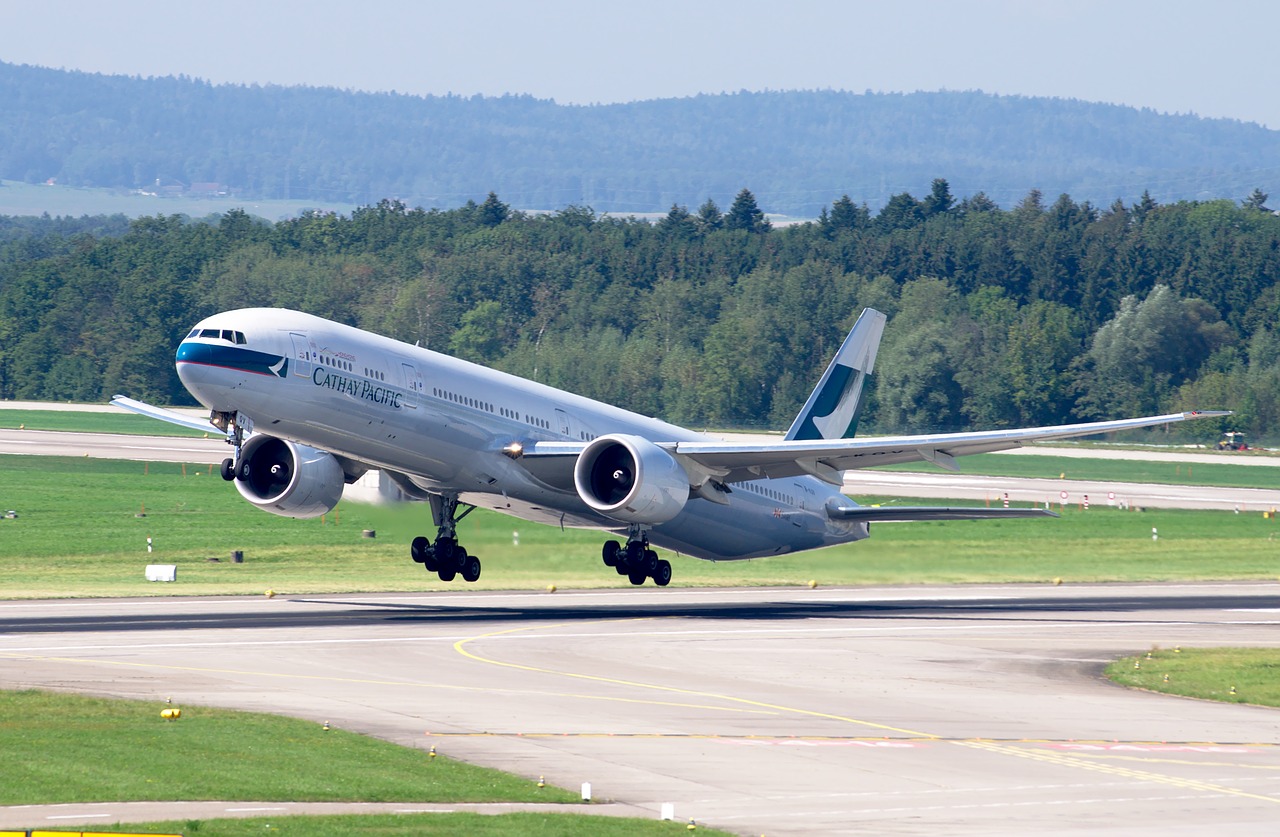16/08/2021
IBA has adjusted base values for older widebody aircraft. Our analysis looks at the state of the market through the lens of two key aircraft types.
Whilst pressure on the long-haul market has had the effect of softening widebody aircraft values overall, older aircraft have borne the brunt of the Covid19 pandemic's impact on values. We used aviation intelligence and data from IBA's InsightIQ platform to examine this story through the lens of two older widebodies, the Boeing 777-300 and the Airbus A330 CEO.
After seeing significant levels of storage at the beginning of the pandemic, increased activity has seen 82% of the global Boeing 777-300 returning to the skies so far.
.png)
Whilst the aircraft's suitability for passenger to freighter 'P2F' conversion has given slight cause for optimism, IBA expects a significant number of airframes to exit the fleets of key operators such as Cathay Pacific, Emirates and Qatar in the near future.
The 777-300's value has been hit by two key factors. The size of the aircraft makes it difficult for operators to fly profitably in the secondary market, and the introduction of the 777X may result in the current oversupply situation not being fully absorbed. IBA believes that 777-300 market values will soften further in the long term and, with levels dipping below soft values, we have adjusted base values by 25 - 30% (20 - 25% for market values).

Over 40% of the global Airbus A330 CEO fleet is currently inactive, though utilisation and storage levels are improving very slowly.
 (1) (1).png)
In a similar situation to the 777-300, high availability is causing distressed sales and weakening pricing hopes. Aircraft entering the market from the Singapore Airlines fleet are likely to exacerbate the problem. Whilst start-up airlines and P2F demands exist, these are small and inadequate to absorb all aircraft. With aircraft younger than 10 years now also feeding into freighter conversions, the future of mid-life assets could be considered gloomy. Having already adjusted base values in January 2020 and 2021, we are once again adjusting mid-life aircraft valuations by up to 33%.
The number of active latest generation aircraft has increased globally, presenting an overall positive forecast. These widebodies will be fundamental to many operators' fleets for the next 10 to 15 years, since no direct replacements are ready. Utilisation is also showing a positive trend, increasing to 86% globally (a 17% increase on 2020 figures) Though this is still down compared to 2019 figures. The Boeing 787-10 is well utilised compared to the 787-9 and the Airbus A350-900, which exhibit higher availability and storage levels. This is due in part to operations at Norwegian and LATAM.
The latest 787-9 values are holding around 1% of January's rates, whereas 2014/5 models are down by up to 9%. The A350 fares slightly better, with a maximum drop of 5%. Despite this, IBA's long-term view is positive, and we've left base values on these types unaltered. IBA expects utilisation and values to improve in tandem with international travel recovery by 2024/5.
IBA's InsightIQ analysis platform flexibly illustrates multiple asset, fleet and market positions, actual and potential, to inform client choices and identify acquisition opportunities. Immediate access to crucial aircraft, engine, lease rate and fleet data eases appreciation of historic and future aircraft concentrations and operator profiles.
Author
See full profileRelated content